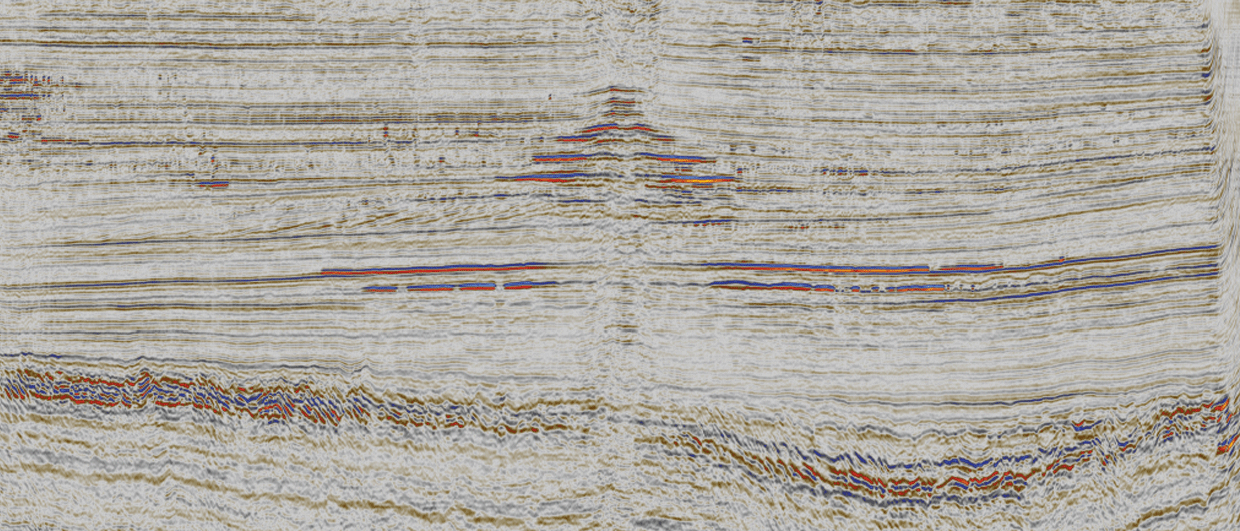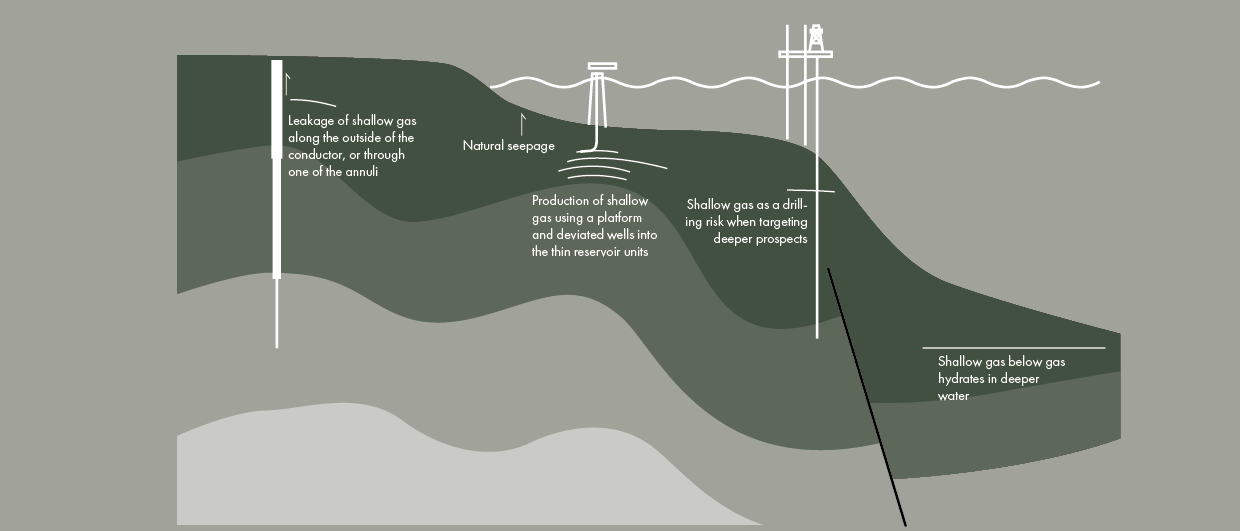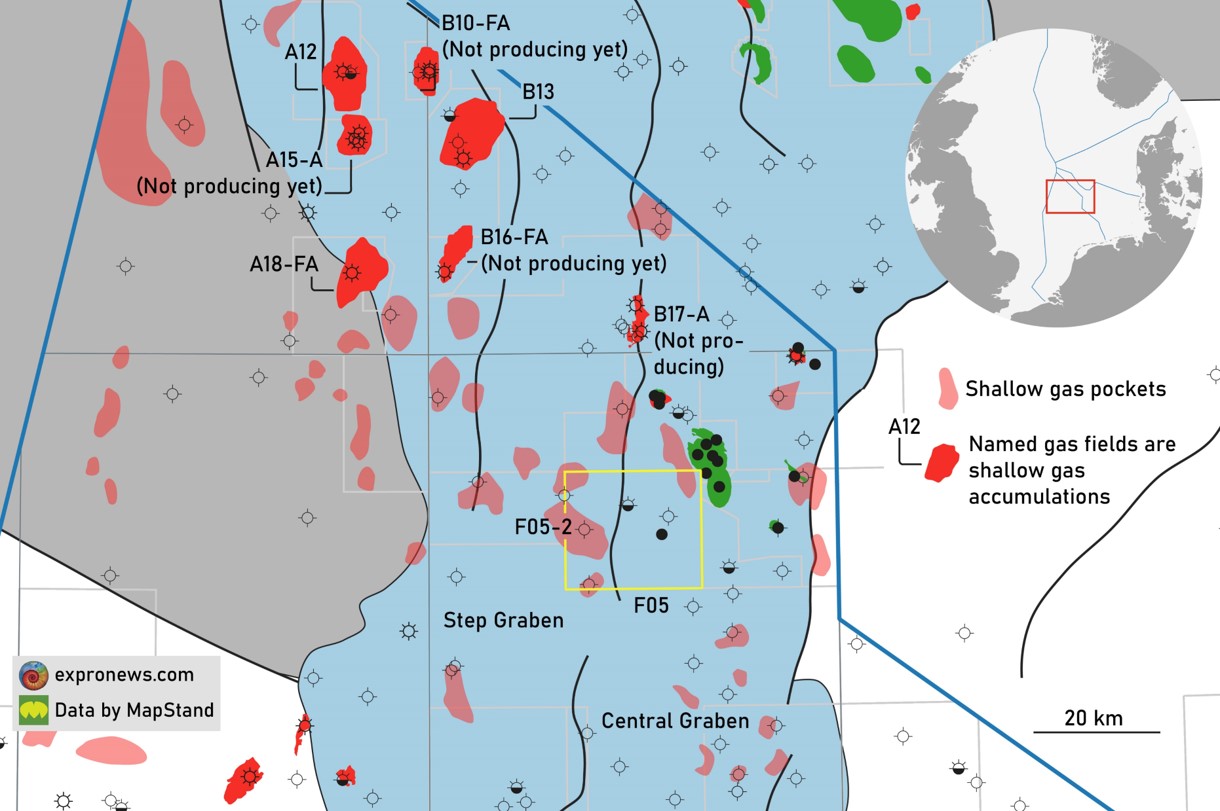This is the second article in the Shallow Gas series of three, brought to you by Francis Buckley. Read the first article here: Shallow gas: How to better map the risk?
Shallow gas is not simply a hazard to drilling; it also represents a resource. In the Dutch offshore sector, there are currently six producing shallow gas fields, with two more in planning. These fields produce gas from depths around 500 m below sea level from sands deposited by Pliocene and Pleistocene deltas that drained the Scandinavian and Baltic landmasses.
The Aviat field in the UK North Sea is a more distal but time-equivalent example. It was developed to supply the Forties platforms with fuel gas for operator Apache. A paper by Jack McLoughlin, which is currently in review, details a shallow gas anomaly with similarities to Aviat at a comparable stratigraphic level which has also been considered as a target for gas production.
In the Norwegian sector, a large shallow gas accumulation in block 35/2 named Peon is a shallow production target in a Pleistocene glacial deposit at approximately 200 m below the mudline. Even though it remains undeveloped to date, it is believed that operator Equinor is still studying its potential for development.

Another interesting development related to shallow gas was reported from China last year, where CNOOC announced in June that the Lingshui 36-1 gas field – situated in the South China Sea – may contain a gas-in-place volume in excess of 100 billion cubic meters. The accumulation is in approximately 1,500 m of water but only 210 m below the seabed. The reservoir is of Quaternary age and is believed to be partly sealed by gas hydrates.
The news about this particular gas find drew a lot of attention, but many experts seem to have doubts on how easy it is to develop. As someone said: “Producing this means you are eating the rock.” There are also concerns that as soon as the pressure of the free gas below the gas hydrates decreases through production, the hydrates will “think” they are getting shallower, meaning that the caprock will become unstable and has, therefore, the potential to release the methane below.





